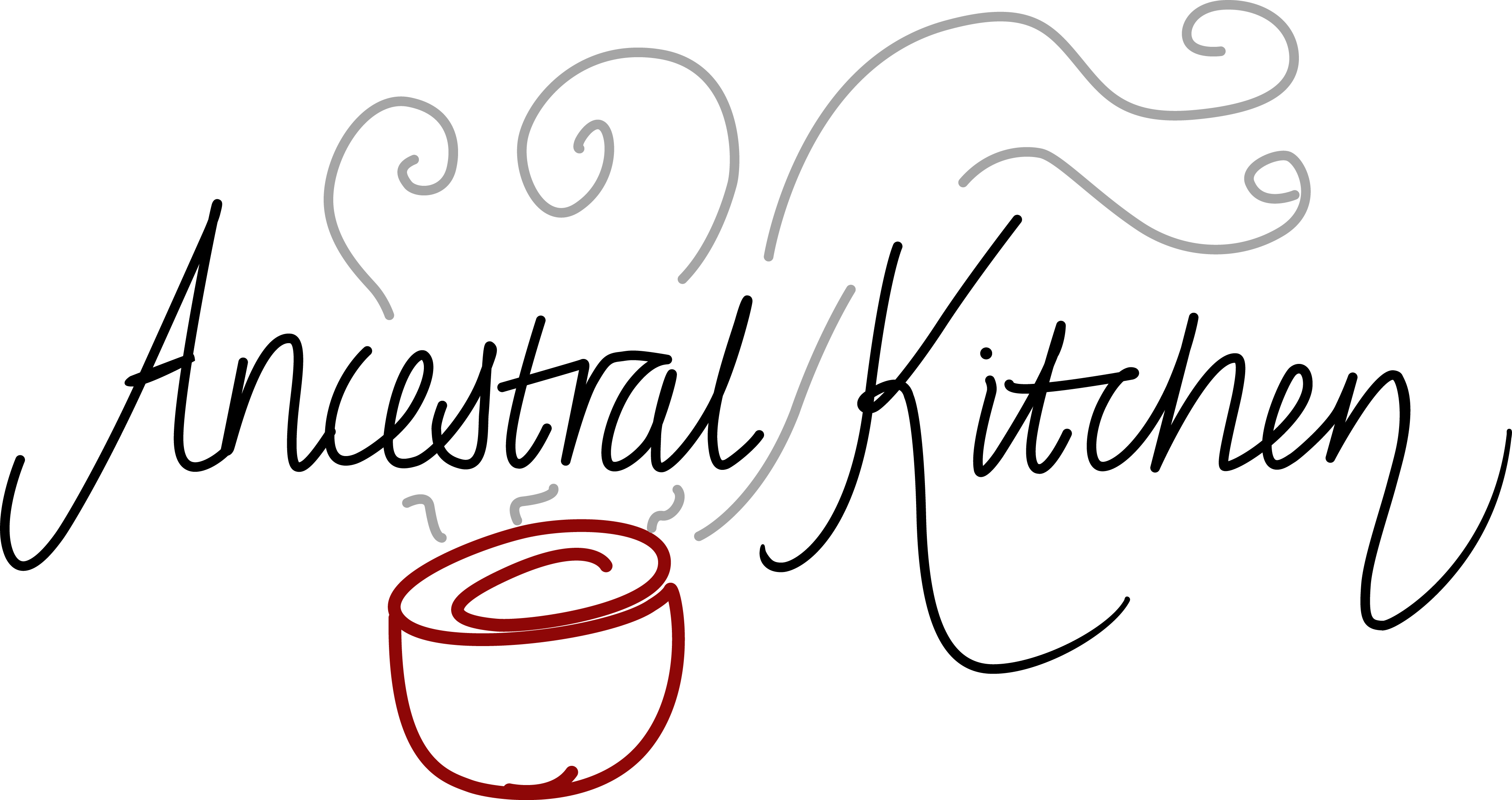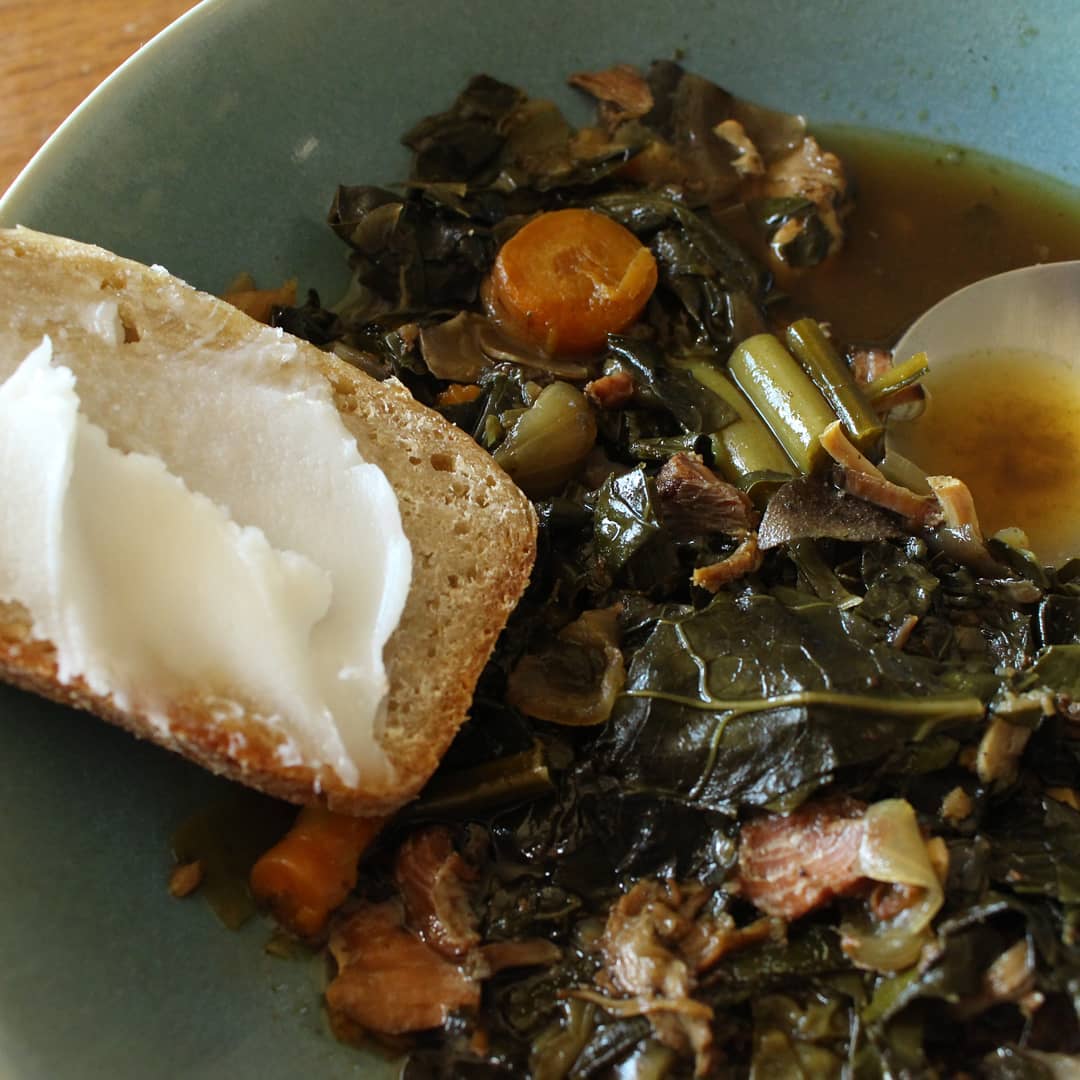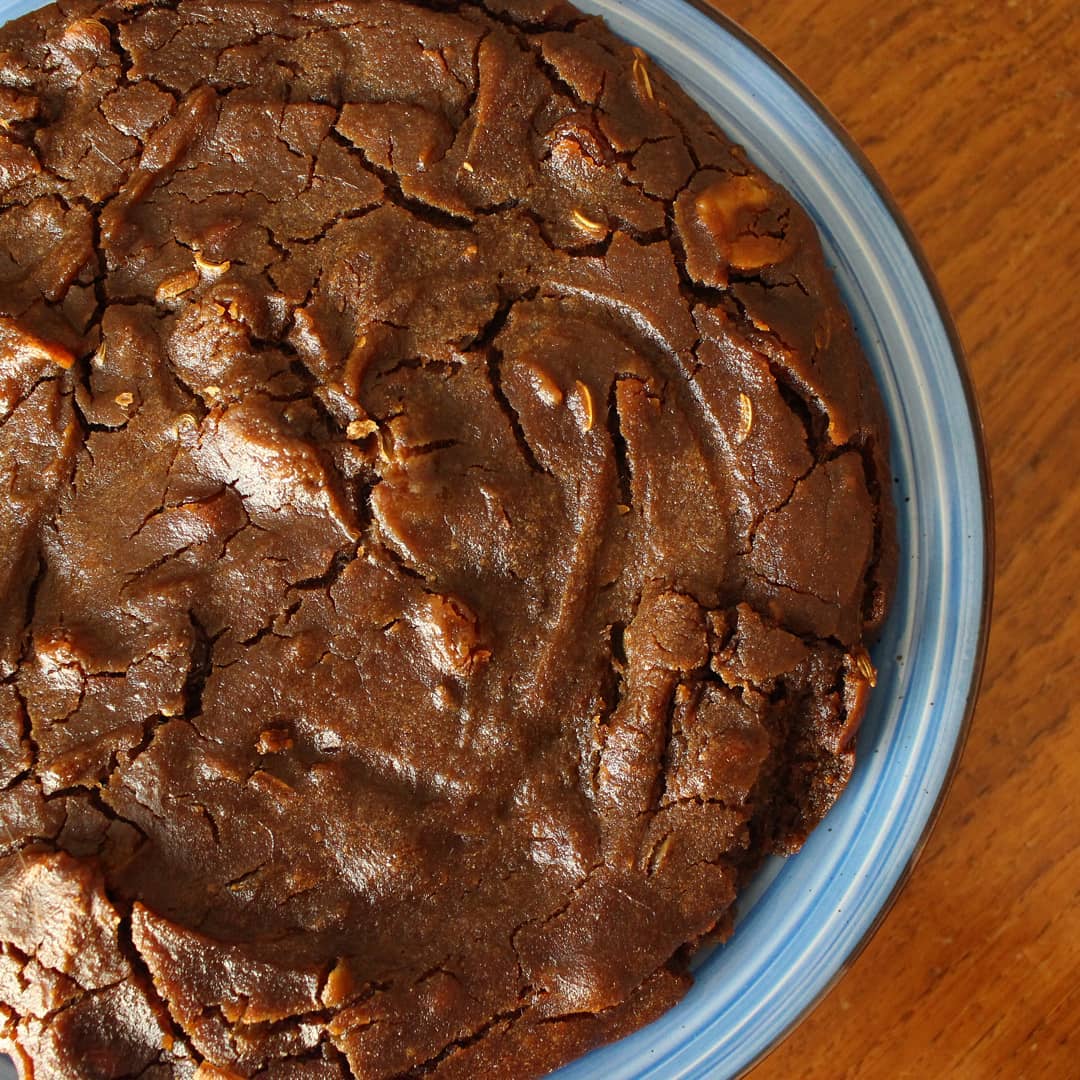If you’ve not put sweet potato in a sourdough before, I’d recommend it! . Here we have two spelt sourdoughs, each with a big blob of mashed sweet potato in the dough. The one on the left I made and flavoured with nigella seeds and tumeric. The one on the right my son made (he even patiently peeled all the sweet potato!) and flavoured with rosemary. . The bread is naturally sweet, from the potato, and the crumb is so bouncy and soft – it’s a trampoline bread :-) . Thank you so much to @elliemarkovitch and @flourambassador for getting me to finally do this. Your Zoom intuitive baking class was such an inspiration. . Check my story today for a video and a picture of the crumb. . I’ll be writing up the recipe I used and putting it into my newsletter that goes out later this week. If you’d like to receive it, there’s a link in my profile.
If you’ve not put sweet potato in a sourdough before, I’d recommend it!
.
Here we have two spelt sourdoughs, each with a big blob of mashed sweet potato in the dough. The one on the left I made and flavoured with nigella seeds and tumeric. The one on the right my son made (he even patiently peeled all the sweet potato!) and flavoured with rosemary.
.
The bread is naturally sweet, from the potato, and the crumb is so bouncy and soft – it’s a trampoline bread 🙂
.
Thank you so much to @elliemarkovitch and @flourambassador for getting me to finally do this. Your Zoom intuitive baking class was such an inspiration.
.
Check my story today for a video and a picture of the crumb.
.
I’ll be writing up the recipe I used and putting it into my newsletter that goes out later this week. If you’d like to receive it, there’s a link in my profile.











